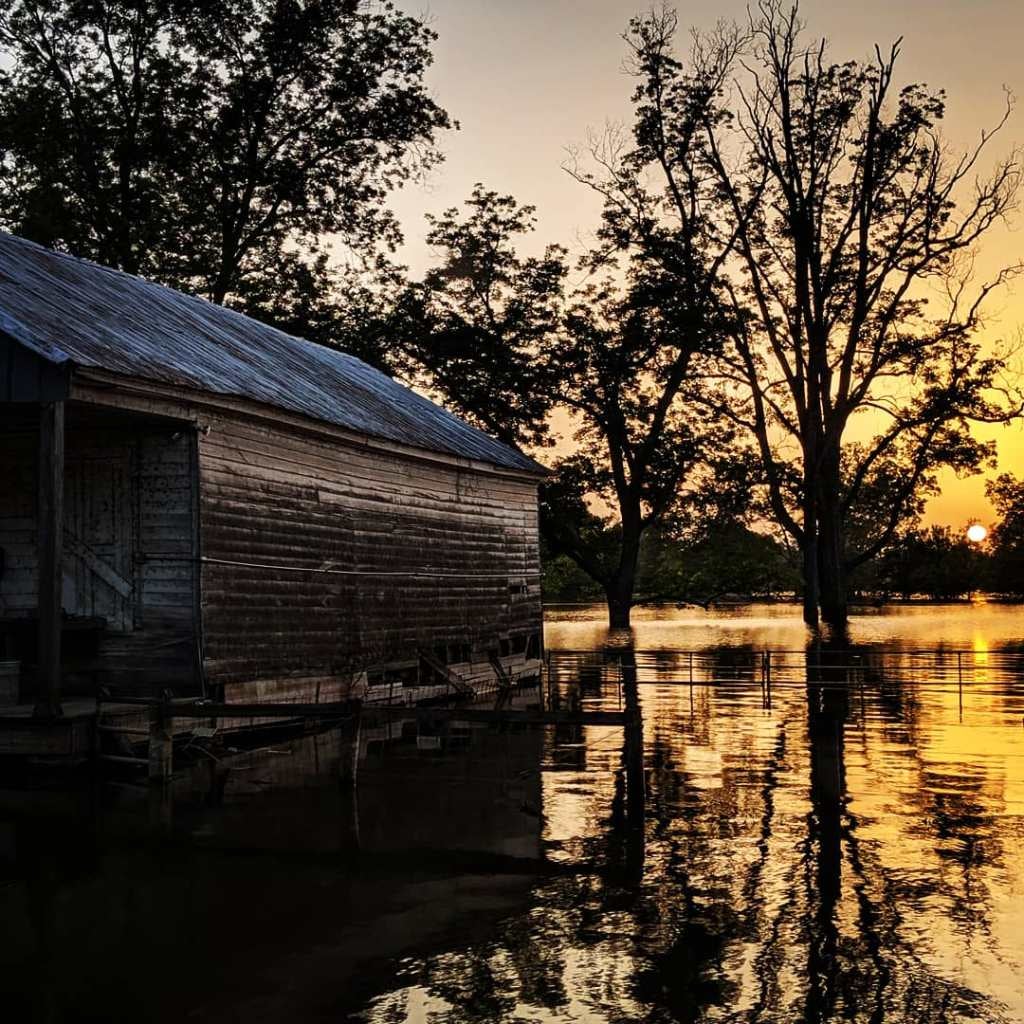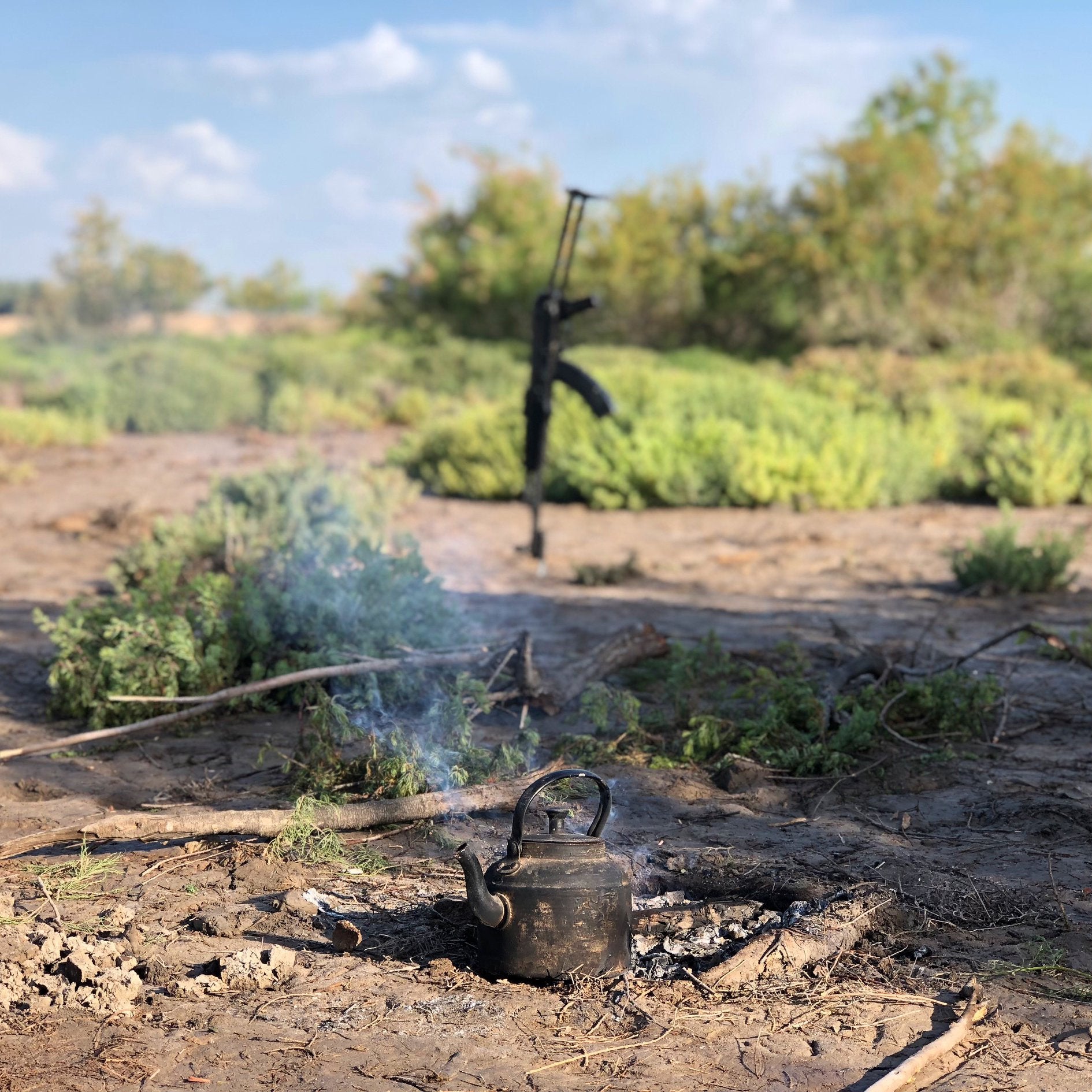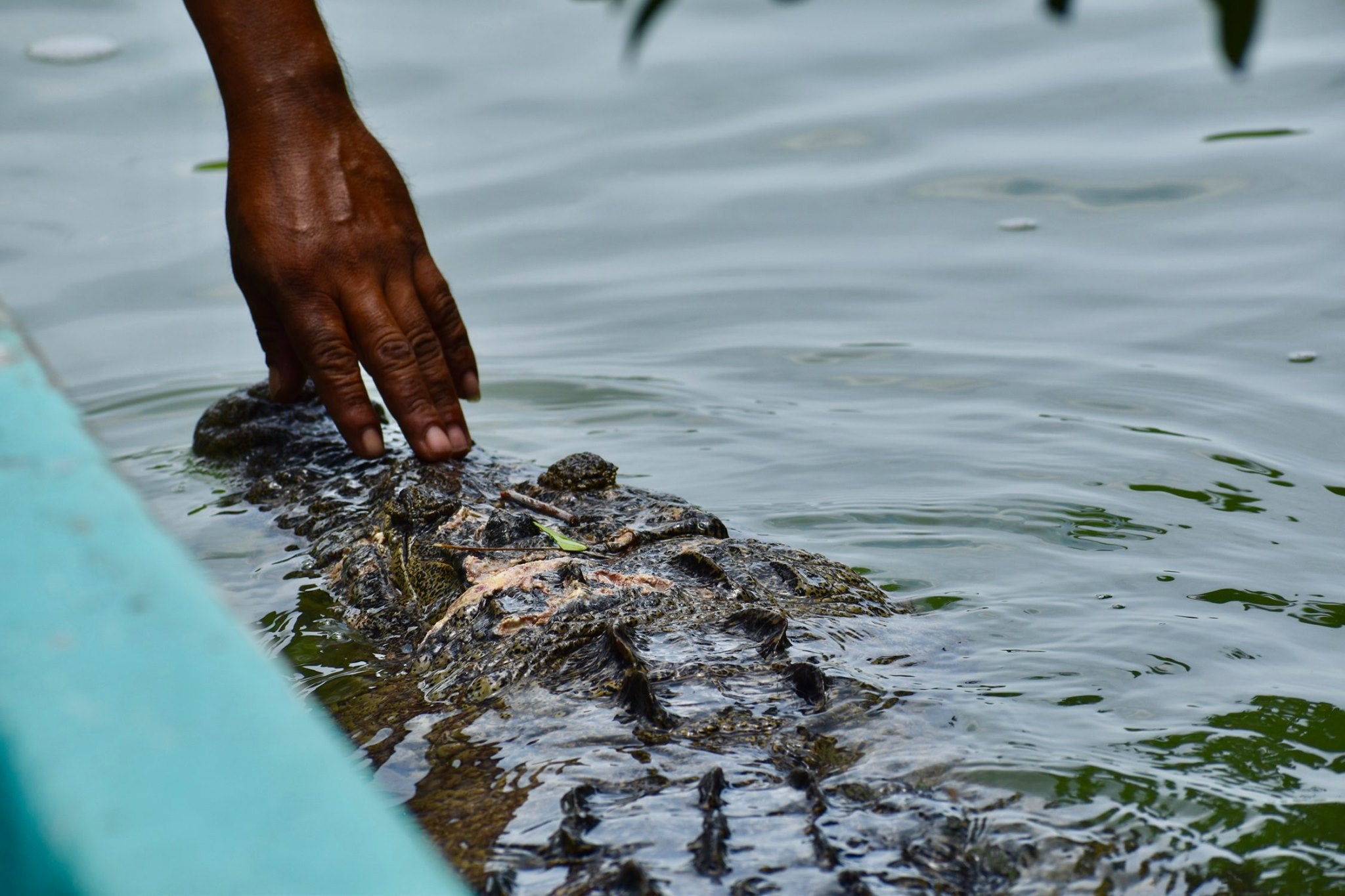Student Photo Contest: Penn in the Field 2019

The annual Penn in the Field photography competition took place earlier this month, just as students were returning to campus from their summer travels. “These photographs represent the extraordinary and varied fieldwork that Penn students do all around the world,” says Deborah Brown Stewart, Head of the Penn Museum Library. “And they underscore the opportunities available to Penn students to travel into regions they’ve been learning about in the classroom, to get direct experience with the work they’re considering as careers.”
To solicit student submissions, the Museum Library collaborated with departmental coordinators in anthropology, archaeology, and intersectional disciplines in which students regularly conduct fieldwork. The requirements for entry were broad: photographs should reflect a currently enrolled Penn student’s archaeological fieldwork, ethnographic fieldwork, or academically-related travel from the last five years.
This year’s photographic subjects reflect a diversity of scholarly interests: community health policies and practices in Liberia; the history of medical research in the United States; ethnographic research into textile industries in Pakistan; environmental anthropology in Hawaii; and Mayan ceremony in the Yucatan. They depict archaeological fieldwork in France, Italy, Cyprus, Greece, Israel, Turkey, Iraq, French Guiana, and the United States, as well as travel through Puerto Rico and Mexico.
Penn in the Field 2019’s three winning photographs came from students in Anthropology (Autumn Melby, first place; Pablo Aguilera Del Castillo, third) and Art and Archaeology of the Mediterranean World (Katherine Burge, second), though the contest has received submissions from departments as varied as the Graduate School of Education, Africana Studies, Public Health, and Environmental Studies. After students upload their entries, the Vitale Digital Media Lab prints the images and Museum Library interns curate the photos for exhibition.

The first exhibition of student photography in the Museum Library was spearheaded in 2001 by Matt Tomlinson, a then-graduate student who now teaches in the Department of Social Anthropology at the University of Oslo. “The brutalist concrete wall of the Library seemed like it wanted some livening up,” Tomlinson explains. “My friends in the department had some really excellent photos of their work in the field, and I had some photos of my own that I wanted to share. We mounted and framed them and held a small reception.”
Stewart used the Museum Library during that time to do research for her dissertation. When she returned as Head of the Library in 2016, she was surprised to see the photographs from Tomlinson’s cohort still decorating the walls. Given the convenience of digital submission and printing, it was an easy decision for Stewart and her staff to revive the tradition as an annual competition, an event intended to simultaneously spotlight student work, highlight the role of the Museum Library on campus, and encourage cross-departmental conversation.
The practice of featuring student art also reflects Stewart’s understanding of libraries as shared cultural spaces. “Before so much was available online, you built a scholarly community by accessing resources and studying together in libraries,” she says. “It’s still the case that the Library is the heart of the research community of the Penn Museum. By showcasing student art, we hope to revitalize students’ sense of the Museum Library as a space that belongs to them.”
Penn in the Field 2019 received roughly 40 submissions. The three winning entries — depicting scenes from Mississippi, Iraq, and Mexico — will be on display through August 2020 inside of the Museum Library’s entrance, while all other entries will hang in a gallery on the Library’s second level.

Date
October 4, 2019
